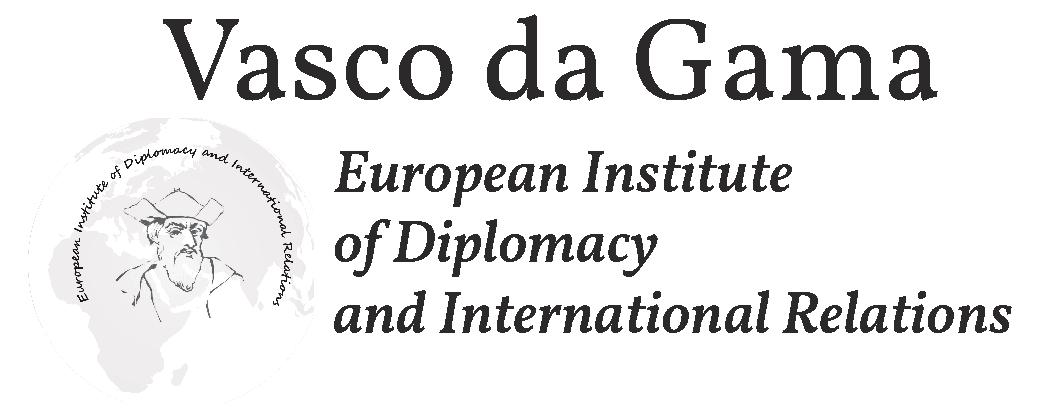Introduction to Common Law
Content
There are two major legal traditions in the world: the “common law” and the civil law. Most countries have incorporated some features of either of the two in their own legal systems.
As such, we will study the case of China, which seems to incorporate the two traditions in its new legal arsenal.
The main difference between the legal traditions of “common law” and civil law is based on the main source of law. While systems based on “common law” consider judicial decisions as the most important source of law, systems based on civil law put a particular emphasis on codified law.
Countries subject to the system of “common law” are usually former colonies or former British protectorates, including the United States.

The characteristics of a “common law” system include:
• A written constitution or codified laws do not always exist;
• Judicial decisions are binding: decisions emanating from the highest judicial body can be invalidated usually only by that very same body, or by the legislation;
• Wide-ranging freedom of contract: a few provisions are implicit in the contract under the binding force (although provisions aiming to protect private consumers may be implicit);
• In general, anything that is not forbidden by law is permitted.
A system of “common law” is usually less prescriptive than a system of civil law. It is therefore possible that a government wishes to include guarantees for its citizens in the particular legislation relating to the proposed infrastructure program.
We will discuss in this course the main intrinsic characteristics of this system and the main constitutional rules attached to it.
Mission
The course aims to provide students with an understanding of common law procedure, common law reasoning and argumentation, as well as an understanding of the place of human rights within the contemporary English legal system. To this end, the course is intended to foster understanding through activities and reading.
First: there will be an introductory lecture and a visit to the Crown or Magistrates’ Court, including the completion of a court observation form as part of a learning log. Seminars will be used to discuss the court observation, the notion of a fair trial and how the various actors in the court process contribute to the idea of a fair trial. Students will complete the learning log by bringing together their observations, reflections, readings and discussions.
Second: lectures will examine the sources of English common law from domestic legislation and judge-made case law to international treaties and the law of the European Union. In seminars, students will be introduced to reading cases, discovering the judges’ legal reasoning and applying the principles to new legal problems.
Third: students will concentrate on the development of case-law and recent legislative changes in relation to the crime of murder and the civil wrong of defamation. Seminars will explore causation and intent, general and partial defenses to murder, and defenses to defamation.
Bibliography
DICEY & MORRIS, The Conflict of Laws, London, Sweet & Maxwell, 1993
GARAPON A. et PAPADOPOULOS I., Juger en Amérique et en France, Paris, Odile Jacob, 2003
KERNEN A., La Chine vers l’économie de marché, Paris, Karthala, 2004
MILSON S.F.C., A Natural History of the Common Law, Columbia Uiniversity Press, 2003
PIQUET H., La Chine au Carrefour des traditions juridiques, Bruxelles, Bruylant, 2005
Priciples of the english law of obligations, Edited by A. BURROWS, Oxford, Oxford University, 2015
SLAPPER G., KELLY D., The English Legal System, London, Routledge, 2008
SLAPPER G., KELLY D., English Law, London, Gavendish, 2000
Sources of law and legal reform in China, Edited by X-Y Li-Kotovtchikhine, Dijon, Litec, 2003
WORMALD P., The Making of English Law, Malden, Blackwell, 1999
3 ECTS
